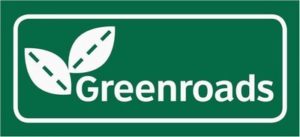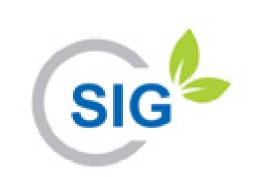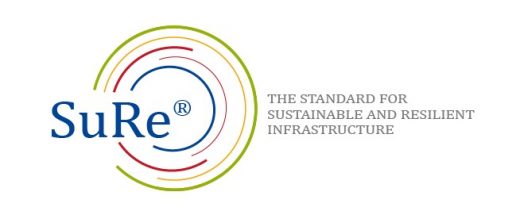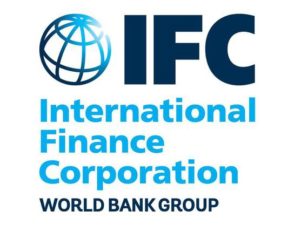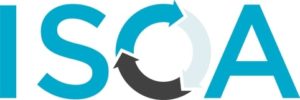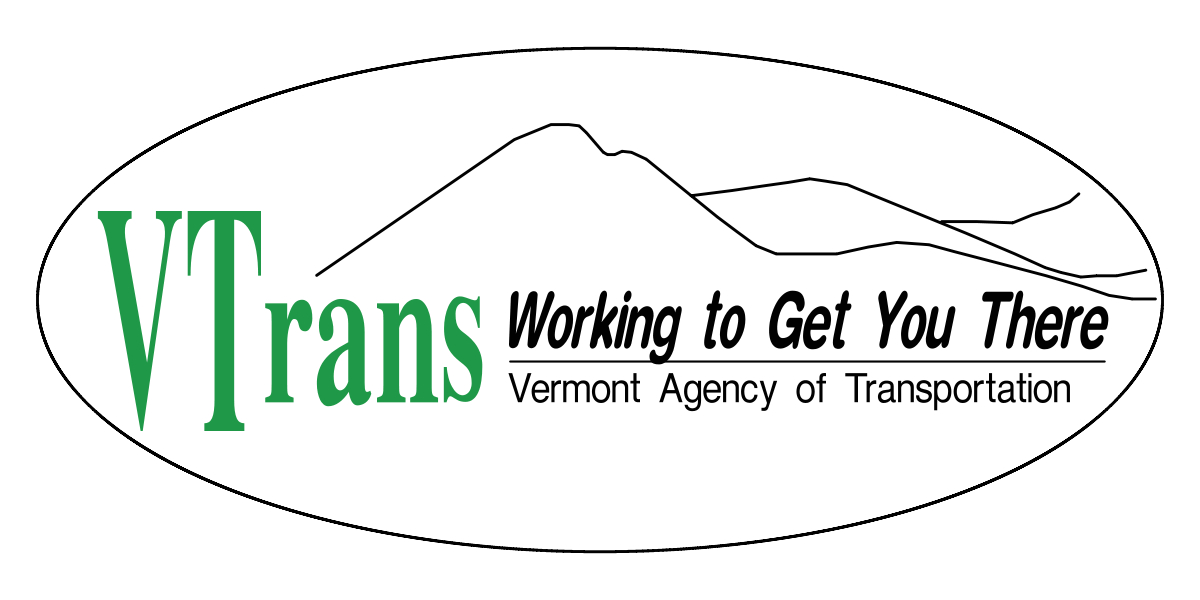
The Vermont Transportation Resilience Planning Tool (TRPT) is a web-based application that helps integrate climate risk and transportation resiliency into Vermont’s Transportation System’s (VTrans) planning process. The TRPT combines river science, hydraulics and transportation planning methods to help VTrans understand the vulnerability of their transportation systems to impacts of climate change and extreme weather and identify and prioritize mitigation strategies for the impacts of future damages in the most critical, highest risk locations. Key features of the tool include a mapping service for viewing spatial datasets, graphical data for summary analyses, and tabular display of mitigation alternatives for at-risk transportation assets.
Lifecycle Phase(s): Project PlanningGeneral strategy for a project’s delivery is developed., Concept DesignTechnical experts broadly outline the project’s basic characteristics., FinanceDevelopers decide how to pay for their project., Detailed DesignTechnical experts further elaborate the Concept Design., ConstructionThe asset is constructed in line with design, budget and timeline., Operation and MaintenanceInfrastructure assets are managed and maintained during their use time.
Type(s) of Tool: Project Preparation ToolsHelp public authorities manage sustainable project preparation processes.

